Evora
It's a long bus ride from Seville to Evora so upon demarcation our first act in this new-to-us country was to pee on it. It was then
an easier stroll up through the old historic town to the attractions.
Evora
was a worthwhile stop-off on the way to Lisbon with the obligatory Cathedral, Roman ruins, narrow cobbled streets and
central plaza. It was a pleasant introduction to the country (being the town itself and the release of the long-held widdles).
Whitewash, cork and bones.
In contrast to the multi-hued buildings of Spain the stark whiteness of Evora stood out, particularly in the bright sunlight,
and proved to be characteristic of towns and country houses across Portugal. A bit like Greece in that respect.
Portugal produces half of the world's cork. We tend to take its versatility for granted - wine bottle stoppers, beer coasters,
fishing rod handles, cork shoes, engine gaskets but the Portugese take exploitation of its properties to extra heights with
tourist tat, handbags, ties and myriad other stuff. Barbequed cork? Corka Cola? Very possibly.
The Bone Chapel. There's never a Taser handy when you want one. I would've gladly zapped the two grinning morons taking selfies against a
backdrop of dead people; remember
Auschwitz Selfie Girl? WTF!
Not quite as macabre as the Ossuary of the Capuchin Friars in Rome but it's close, the Capela dos Ossos is
built from the bones of 5,000 bodies exhumed from the city's graveyards including two corpses lying in glass cases.
It's supposedly a reminder of our own mortality. Over the top for that purpose i reckon - spending a month on a bus with 20
other old wrinklies was sufficient reminder for me.
Lisbon
Lisbon
The centre of the known world when Portugal was at the height of its maritime power it's justifiably proud of its history.
It's a pleasant place around the CBD and surrounds with the requisite squares, catherdals, churches and street mazes. And trees, it's
got trees. The waterfront, the scene of many starts to epic voyages is a bit uglified with shipping and its attendant
concrete and the hills on the perimeter are covered in dense high-rise apartments and rampant grafitti - as jarring as
body piercings and tattoos on a dignified old lady.
There's a worthwhile drive through villages on pine-covered hills to Cabo Carvoeiro Lighthouse, the western most point of
mainland Europe. Dunquin, Ireland is a mere 1 degree further west. A coastal return drive took us through to the Double Bay-like
Cascais; pronounced somewhat appropriately as "cash cash" given it's a bit ritzy and there is a casino.
Sintra
Situated in a green valley at the edge of the Sintra-Cascais Natural Park just outside Lisbon
Sintra
is a real gem. The minimalist gothic styled Palacio Nacional de Sintra is situated in the heart of town and was the most lived in royal residence
being in continual use from the 15th century up until the fall of the monarchy in 1910. Two huge conical chimneys dominate its
roofline while the interior includes decoratively painted rooms, fittings and furnishings that reflect the extensive history of the palace.
What was missed, due to the inflexibility of a group tour schedule was a close look at the impressive Palacio da Pena
regarded as one of the finest attractions of Portugal. Dammit!
Nazare
Famous for its huge waves including the biggest monster ever surfed at 24metres. We had a panormaic view over the beach and township from
a point high on its northern headland, the site of the town square of Sitio, a charming old town in its own right. This would
be an ideal spot to watch the big wave surfing - unluckily the sea was a millpond while we were there.
Obidos
Obidos
is an an old walled town of the Lisbon region.
Within the 1.5km walls are traditionally painted white and blue houses, the mandatory labyrinth of narrow cobbled streets and 800 years old medieval castle.
A castle has stood at the top of Obidos since the 8th century and was significantly expanded after the Moors were driven out in 1147.
A stone pillory, the Pelourinho de Óbidos stands in the Praca de Santa Maria square and was used to hang criminals. The pillory was a gift to Obidos from Queen Leonor.
I wonder what was said when they unwrapped it? "Cheers Leonor. A pillary to hang people? It's lovely!" Regifting
could've proved problematic.
Stone walls - tick. Castle - tick. Ornate church - tick. Narrow streets of cobblestone - tick. Town square - tick. Done! Next.
Coimbra
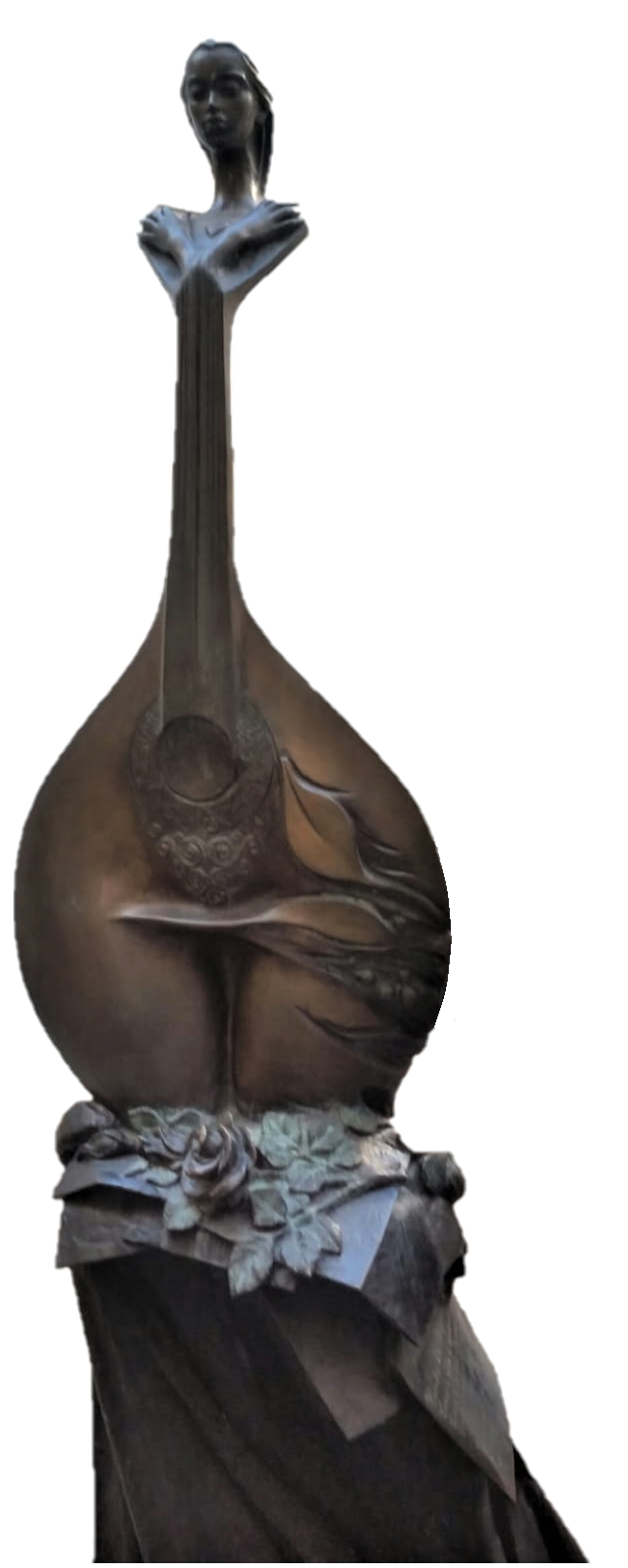 Coimbra, a university town
with old uinversity and impressive library, the 18th century (1728)
Biblioteca Joanina, one of the grand libraries of the world.
It houses 250,000 volumes, the rarity and age of the documents represent the best works from Europe at the time.
The library is noted as being one of two in the world (the Mafra palace library also in Portugal being the other)
whose books are protected from insects by the presence of a colony of bats within. Each night, workers cover the
credenzas, in the morning the library is cleaned of bat guano.
Built in the Baroque style it consists of three large salons with sumptuous bookshelves and large study tables
carved from exotic Brazilian woods, intricate allegories on the ceiling and gilded and lacquered oak shelves.
Coimbra, a university town
with old uinversity and impressive library, the 18th century (1728)
Biblioteca Joanina, one of the grand libraries of the world.
It houses 250,000 volumes, the rarity and age of the documents represent the best works from Europe at the time.
The library is noted as being one of two in the world (the Mafra palace library also in Portugal being the other)
whose books are protected from insects by the presence of a colony of bats within. Each night, workers cover the
credenzas, in the morning the library is cleaned of bat guano.
Built in the Baroque style it consists of three large salons with sumptuous bookshelves and large study tables
carved from exotic Brazilian woods, intricate allegories on the ceiling and gilded and lacquered oak shelves.
The University, founded in 1290 it is one of the oldest universities in the world.
Built in the grounds of a former palace, its 16th century campus is classified as a UNESCO World Heritage site.
The town itself is nothing special if you overlook the young, ruggedly handsome
university students out on the town who had Bevvie in a lather of motherly animation.
Aveiro. Yet another place, along with Mykonos and Bangkok, talking up their "Venice" status because they're built near water. A small, pleasant enough town that justifies a
sticky-beak but many, many times removed from the grandeur that is Venice. Encouraged to take a boat along the canal
we were definitely taken for a ride. An on-board spruiker's attempts at tip-generating "humour" was appreciated by none more so than himself.
The €10 per head + tips con would've been offset a tad if I'd been able to push the gormless prat into the canal.
Porto
The historic hillside city of bridges; one of its 6 spans is one of its
most iconic symbols - the 72 metre high Dom Luis I completed in 1886 and looking like an upside down Sydney Harbour Bridge.
Porto has a faded grandeur of baroque, ornate neoclassical and romanesque buildings, a confusion of medieval alleys, old world shops,
cobbled streets and monuments and steep steps leading to the riverfront. It deserved a bit more of our time.


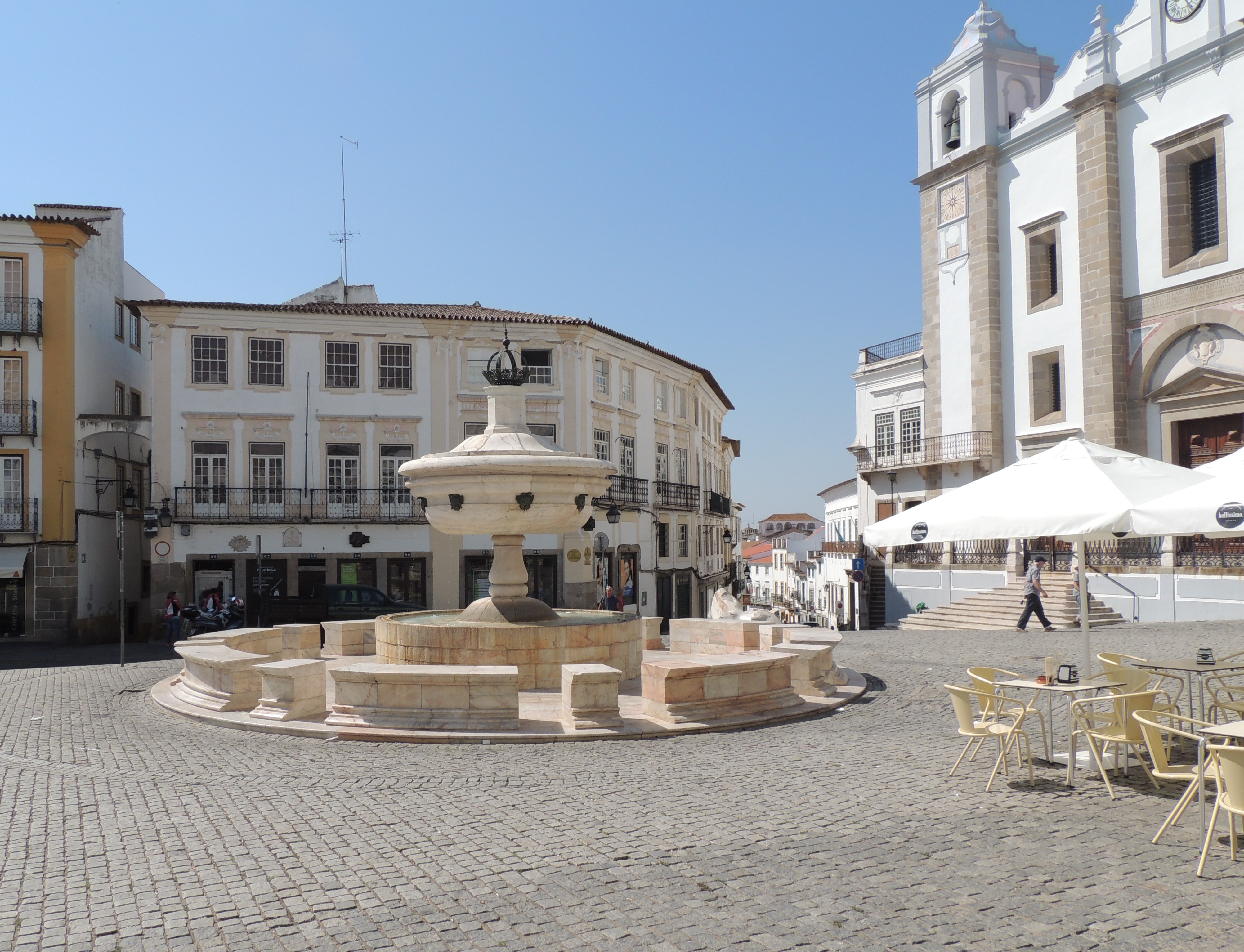





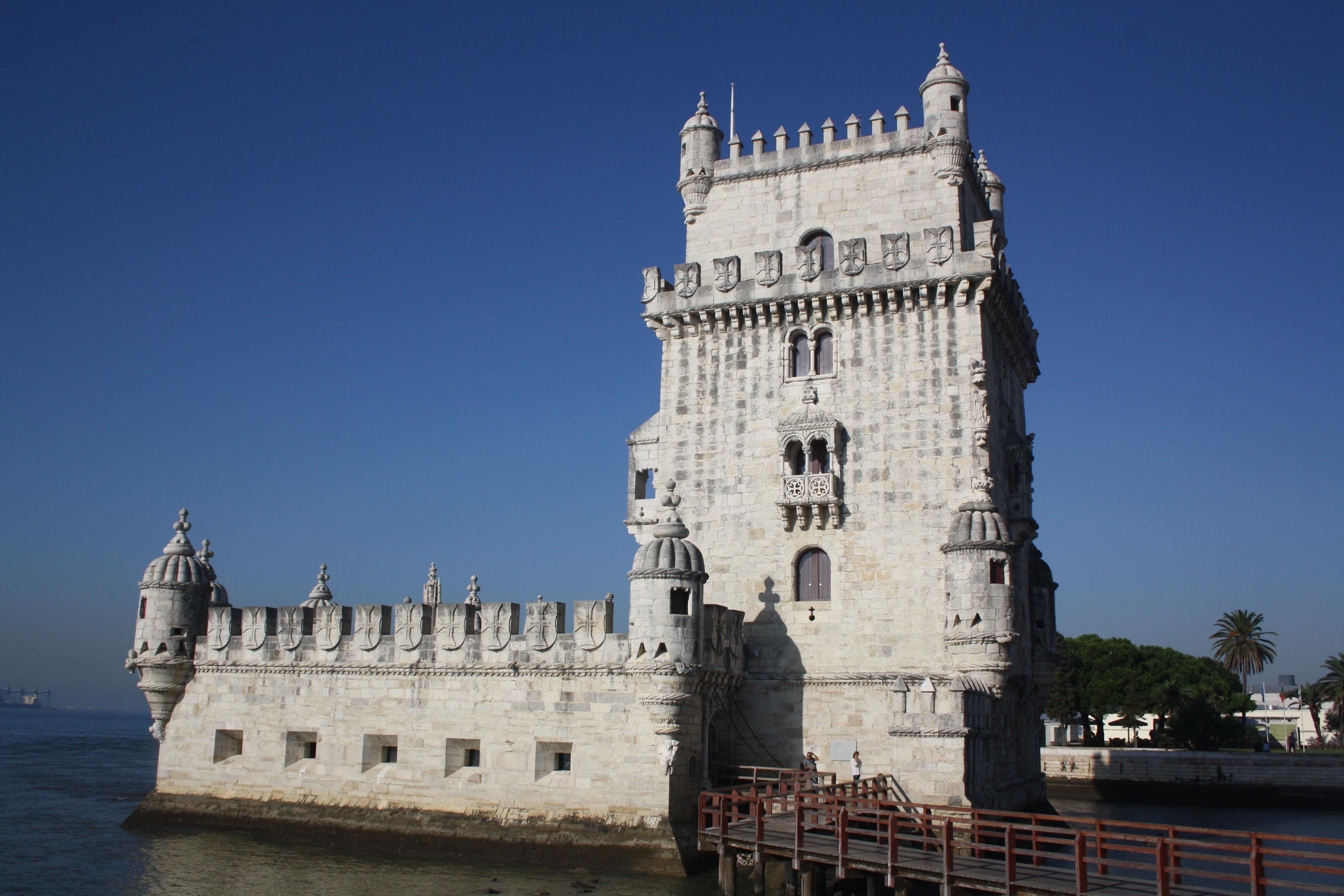

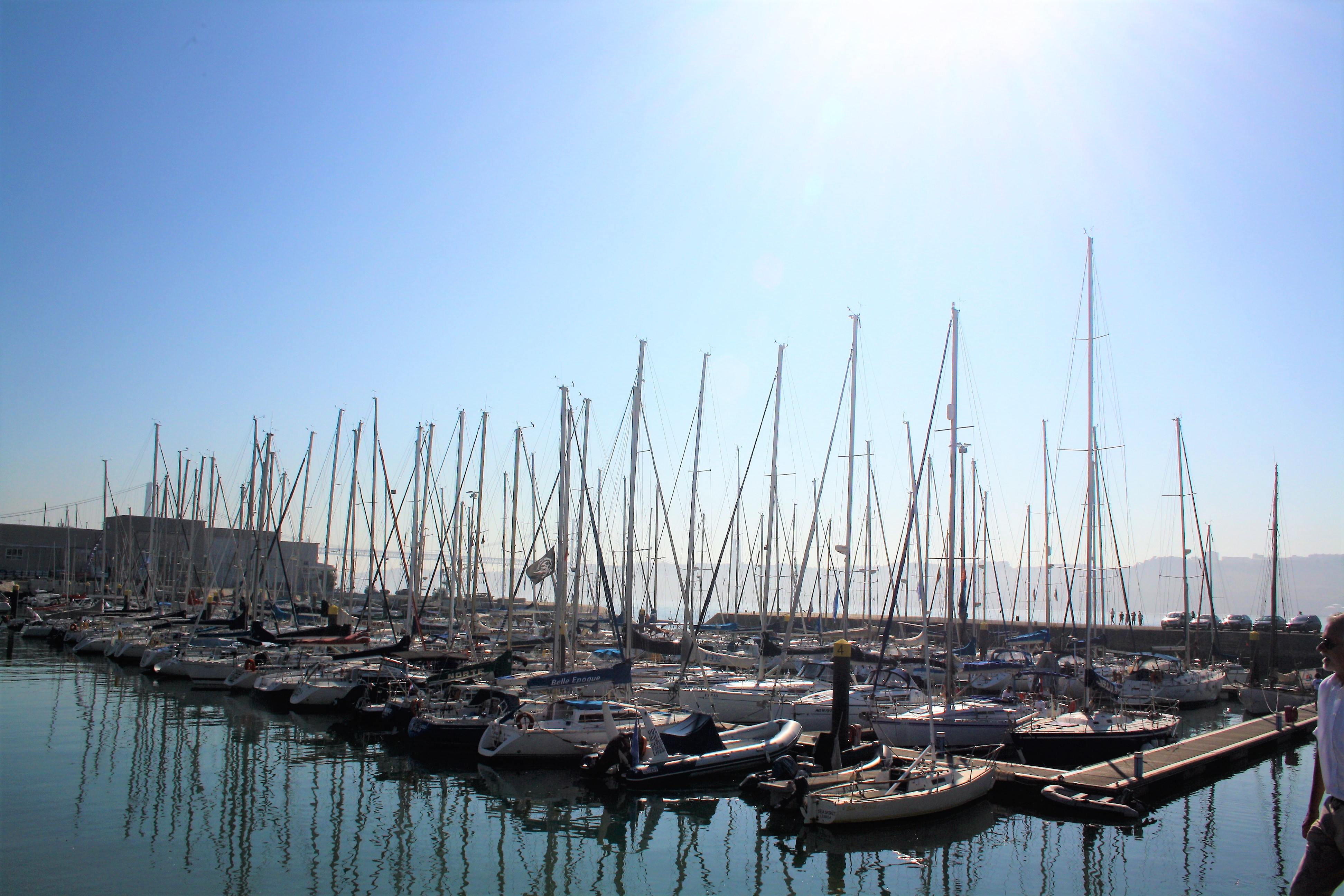








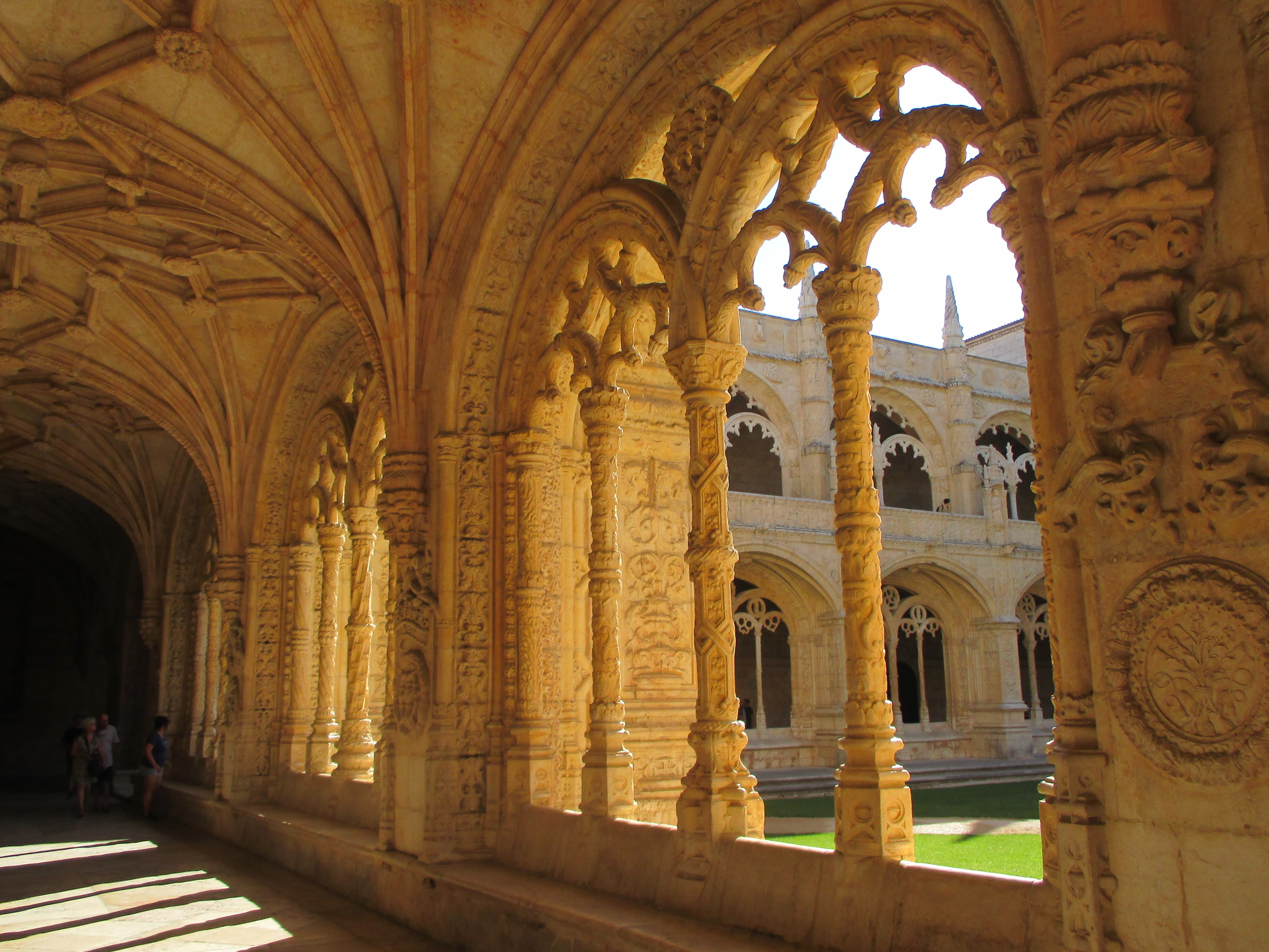
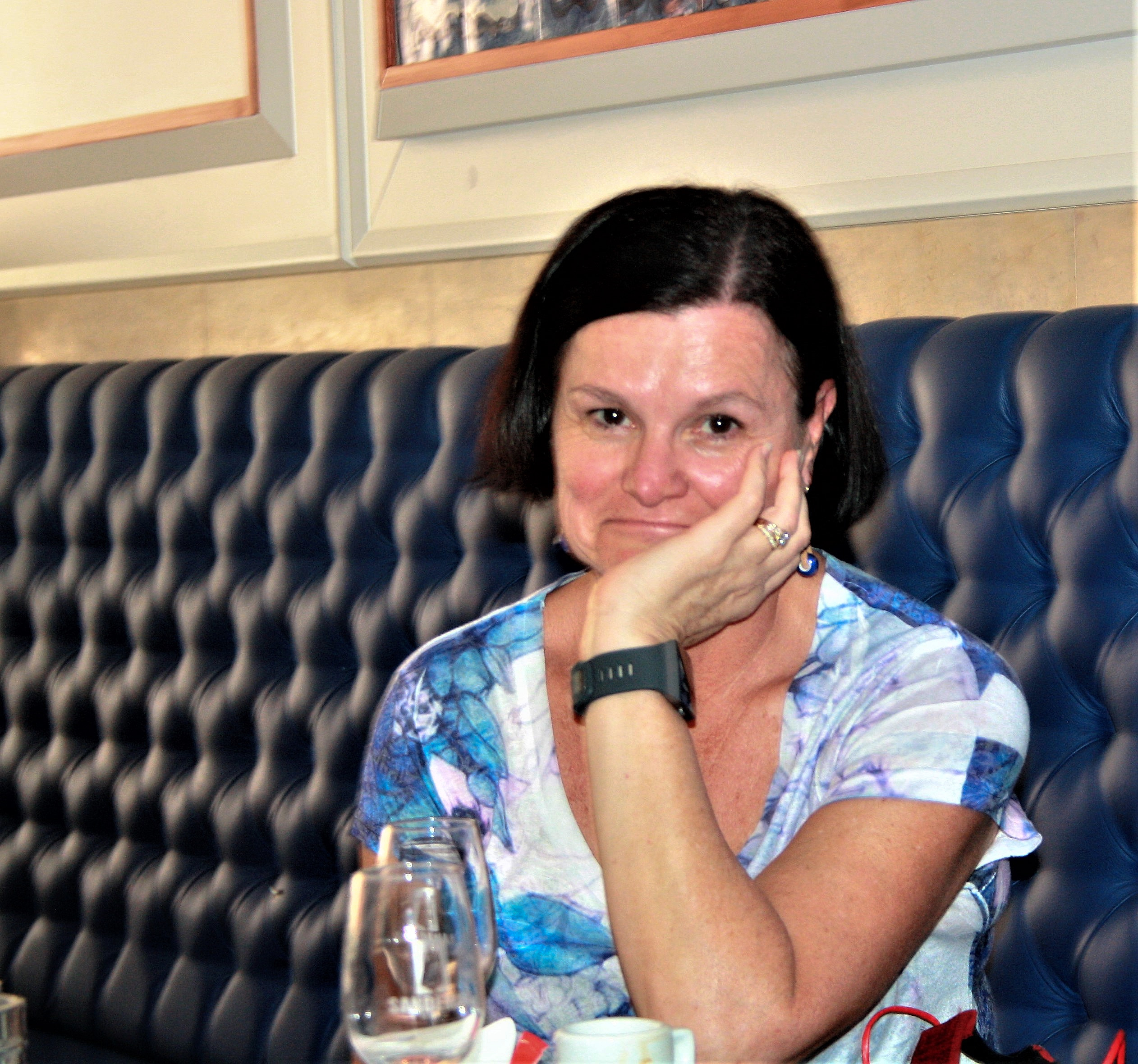



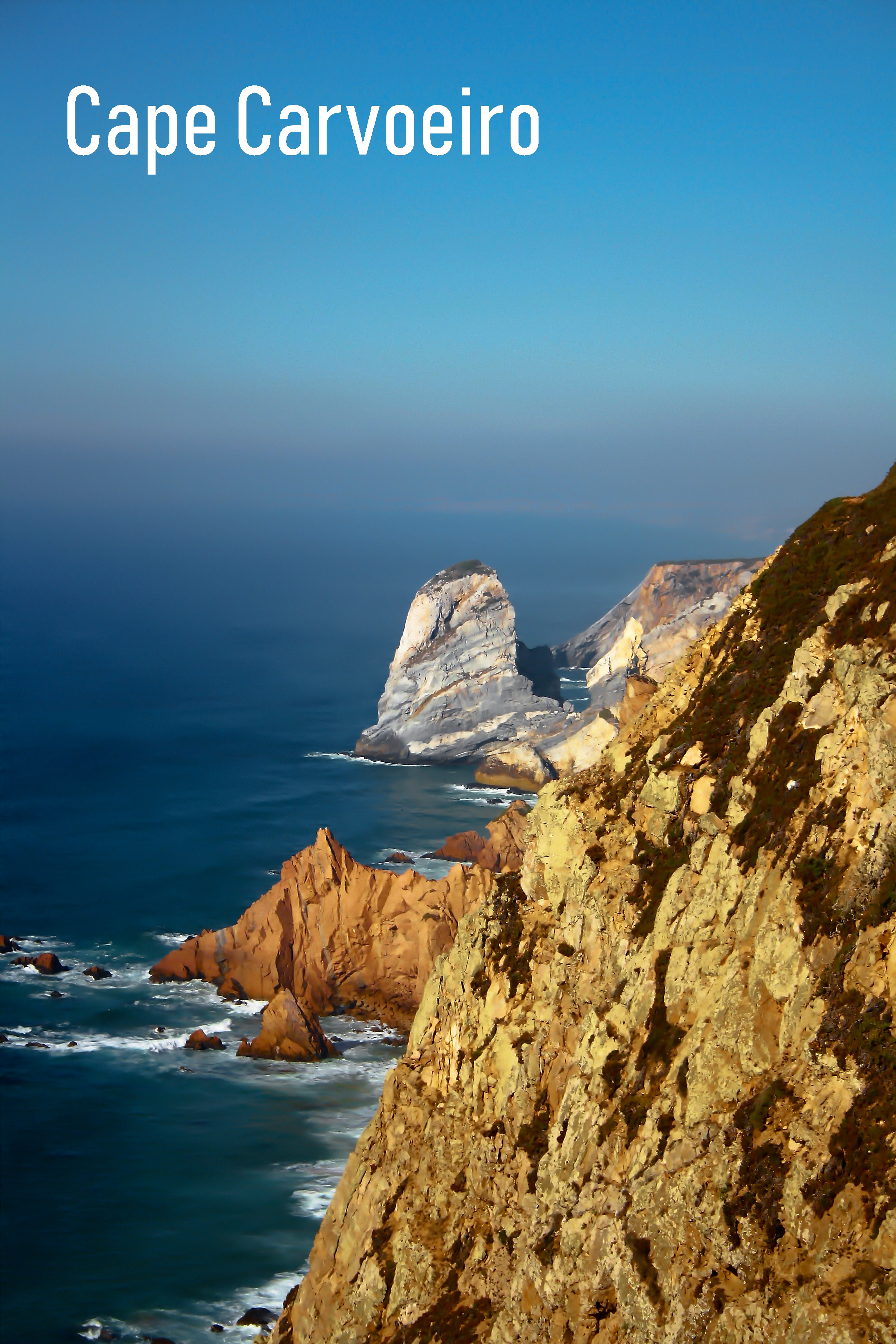
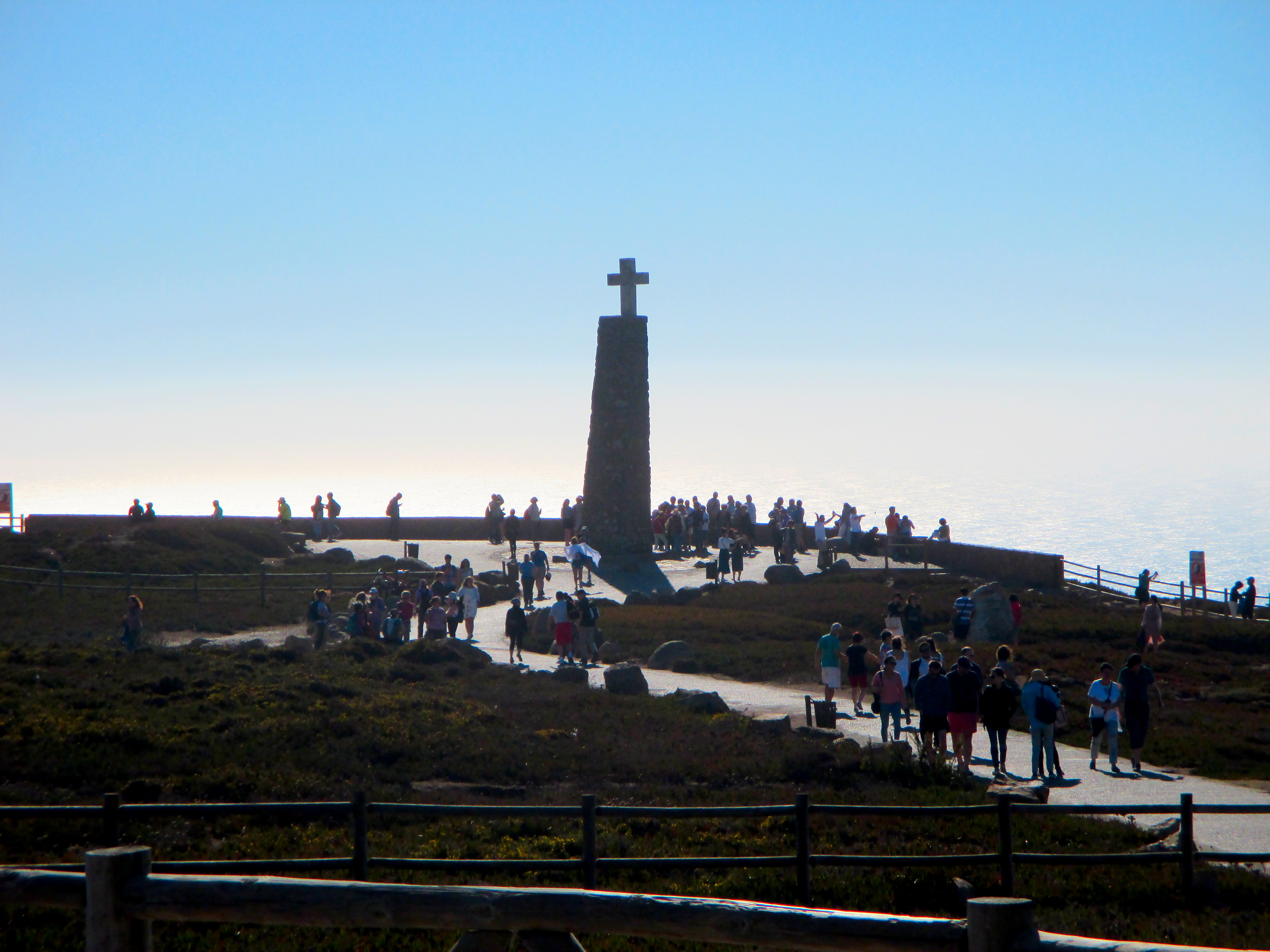















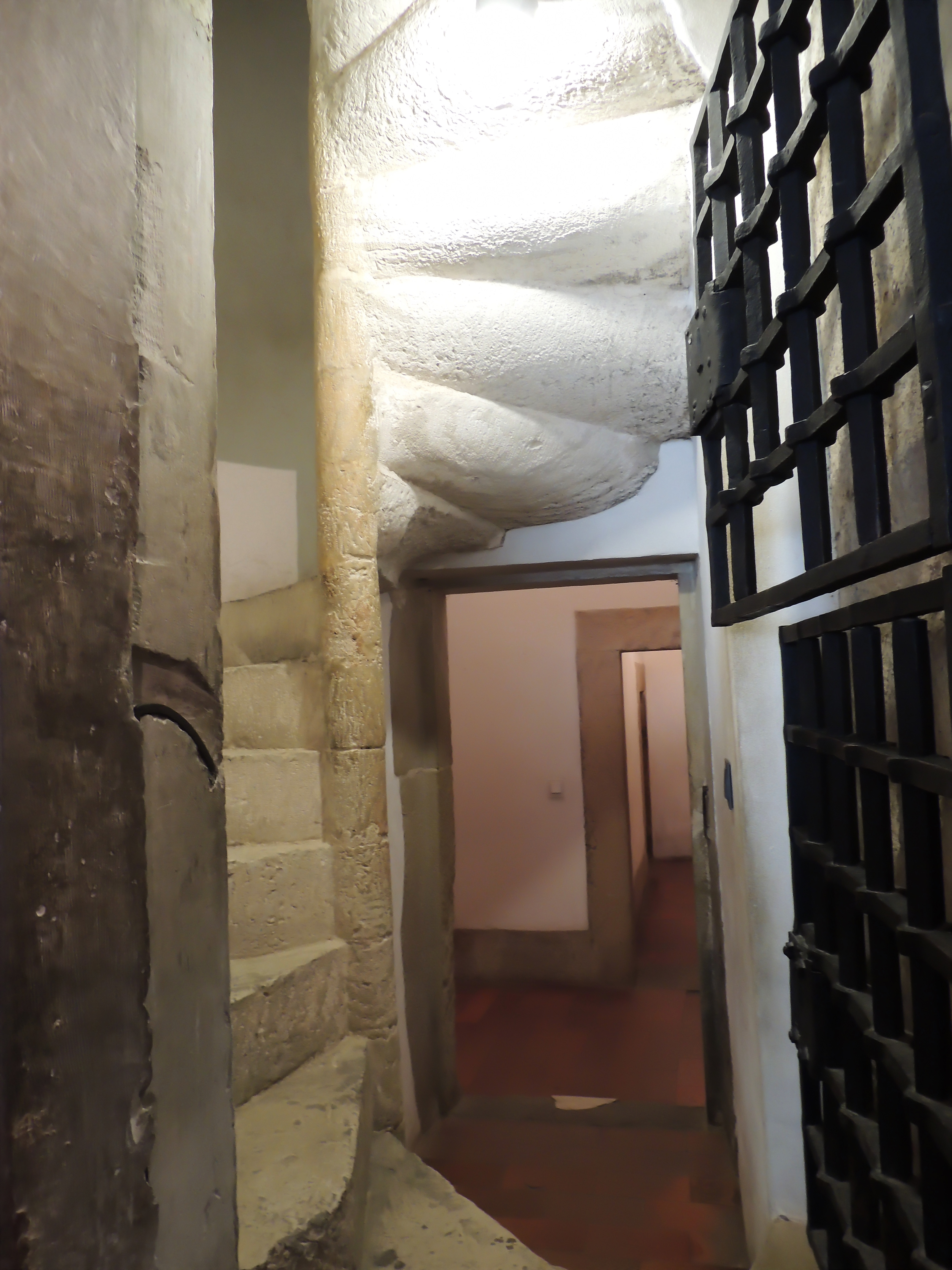
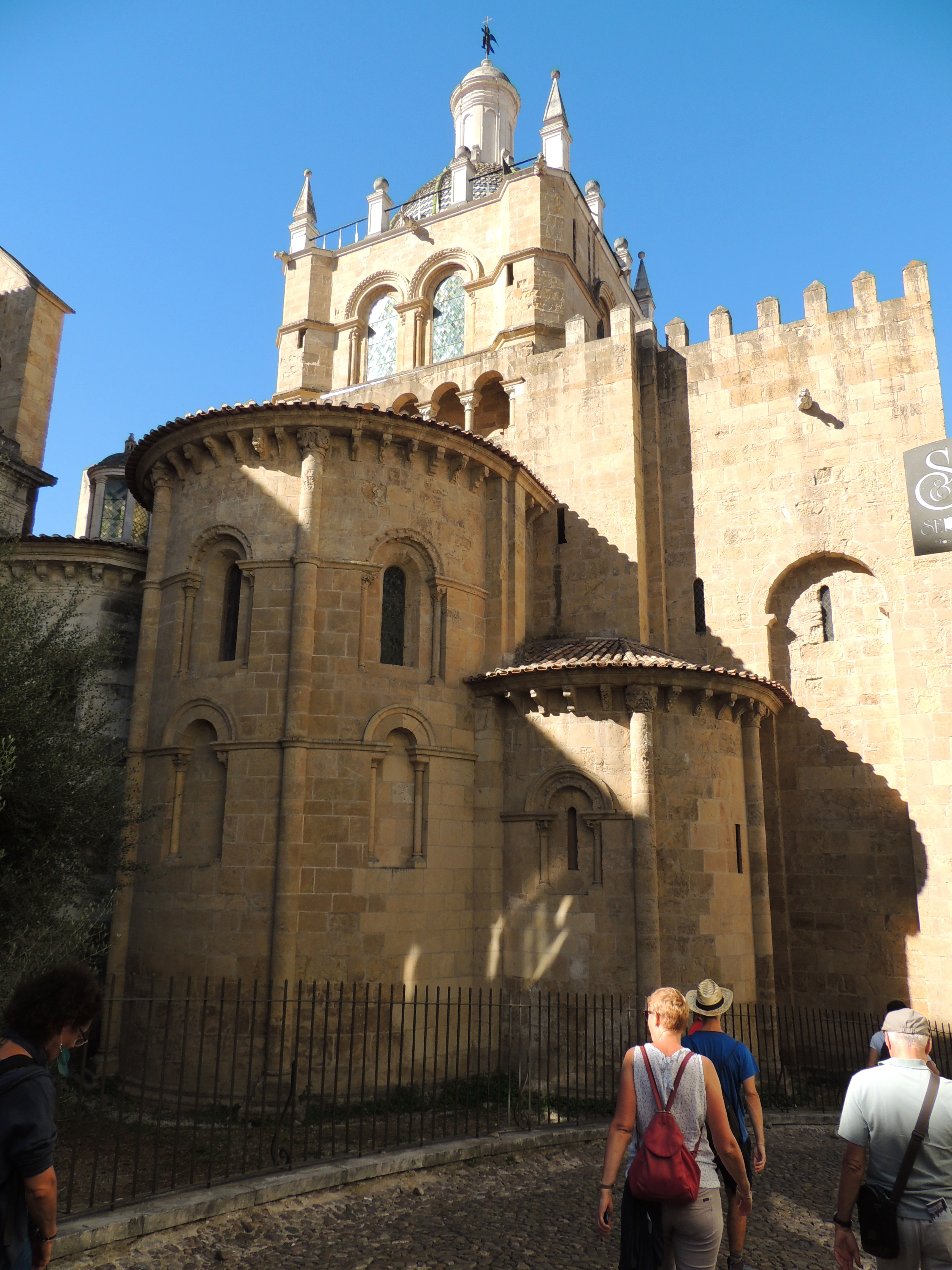



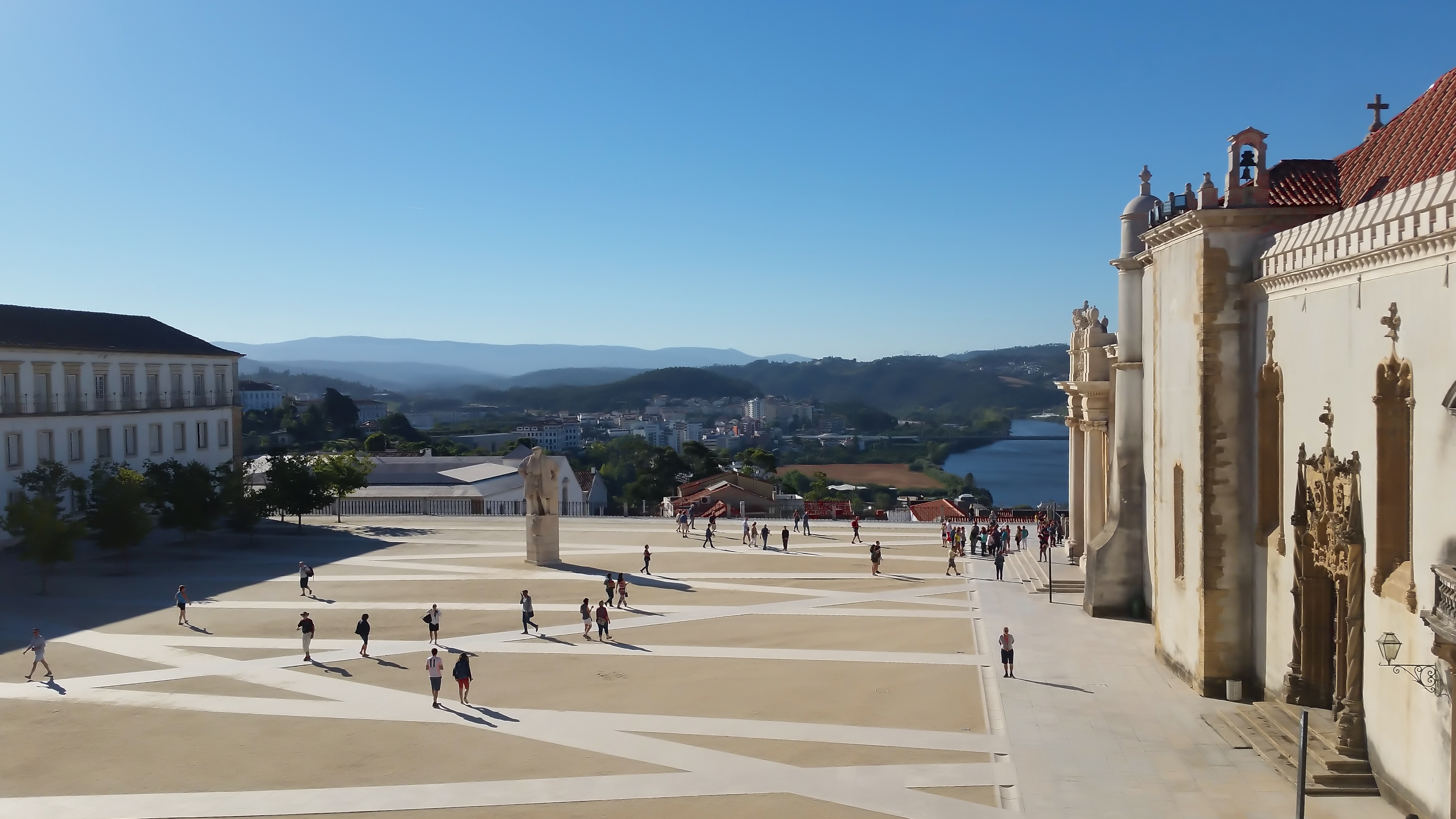








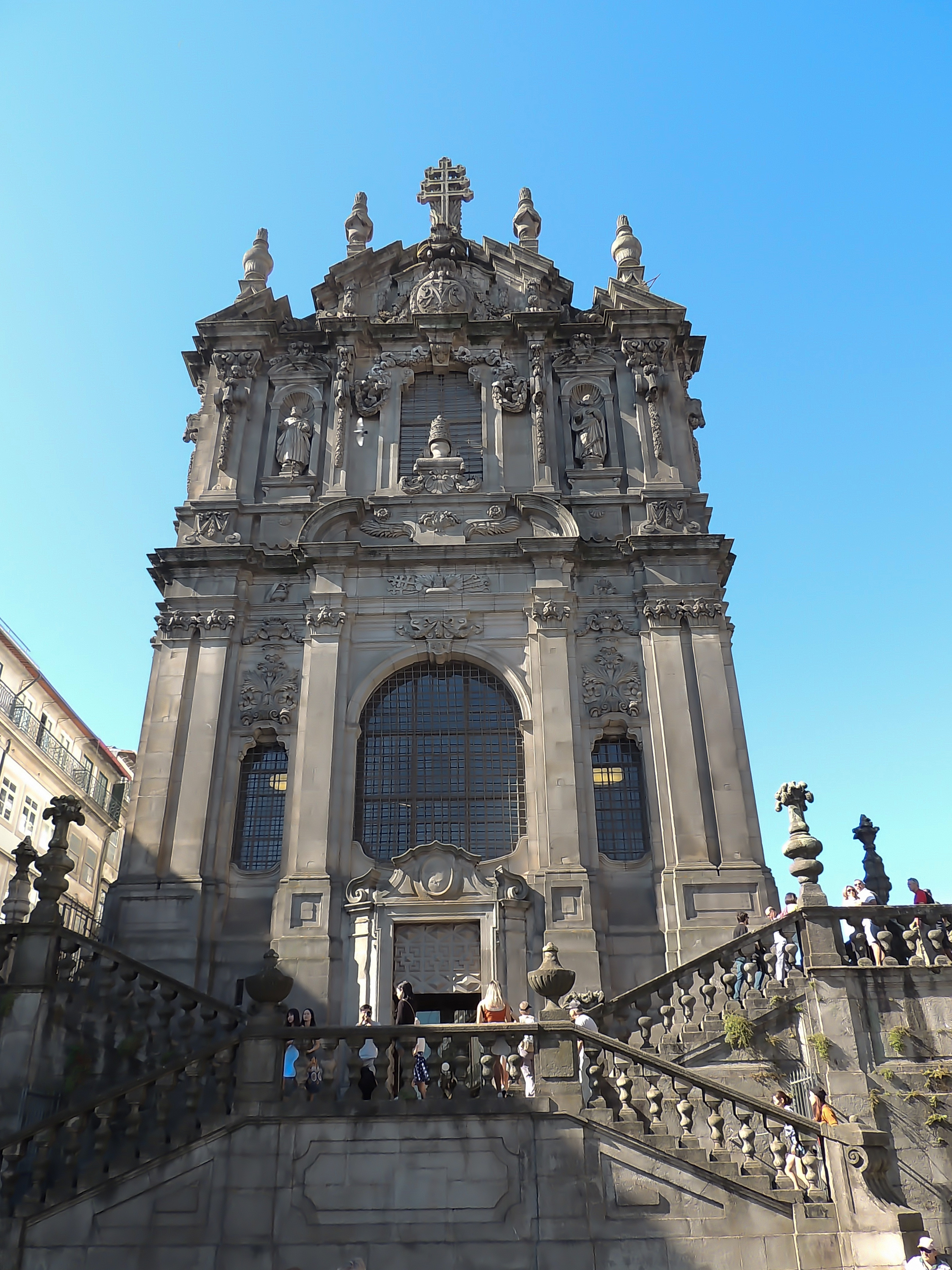



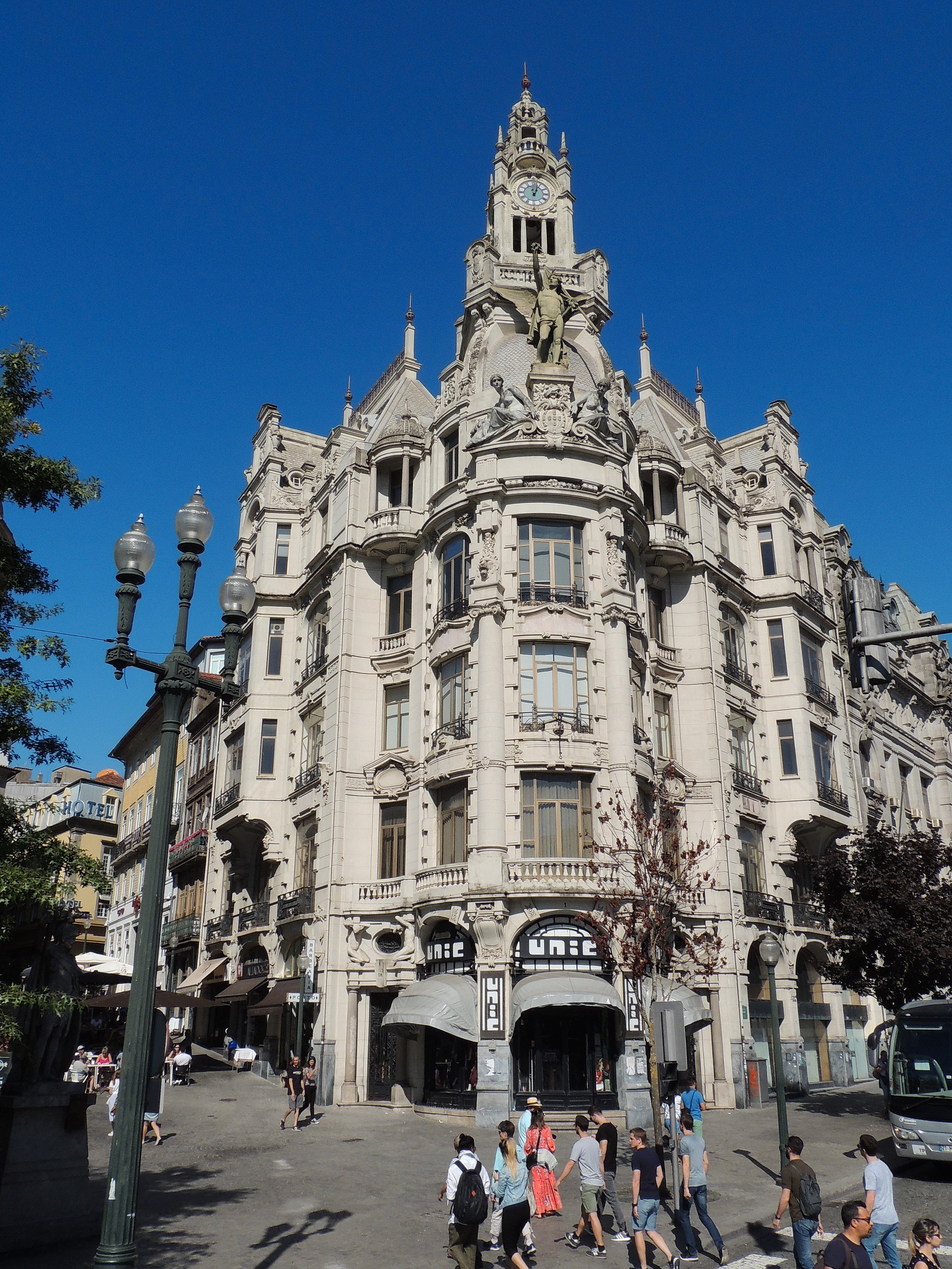



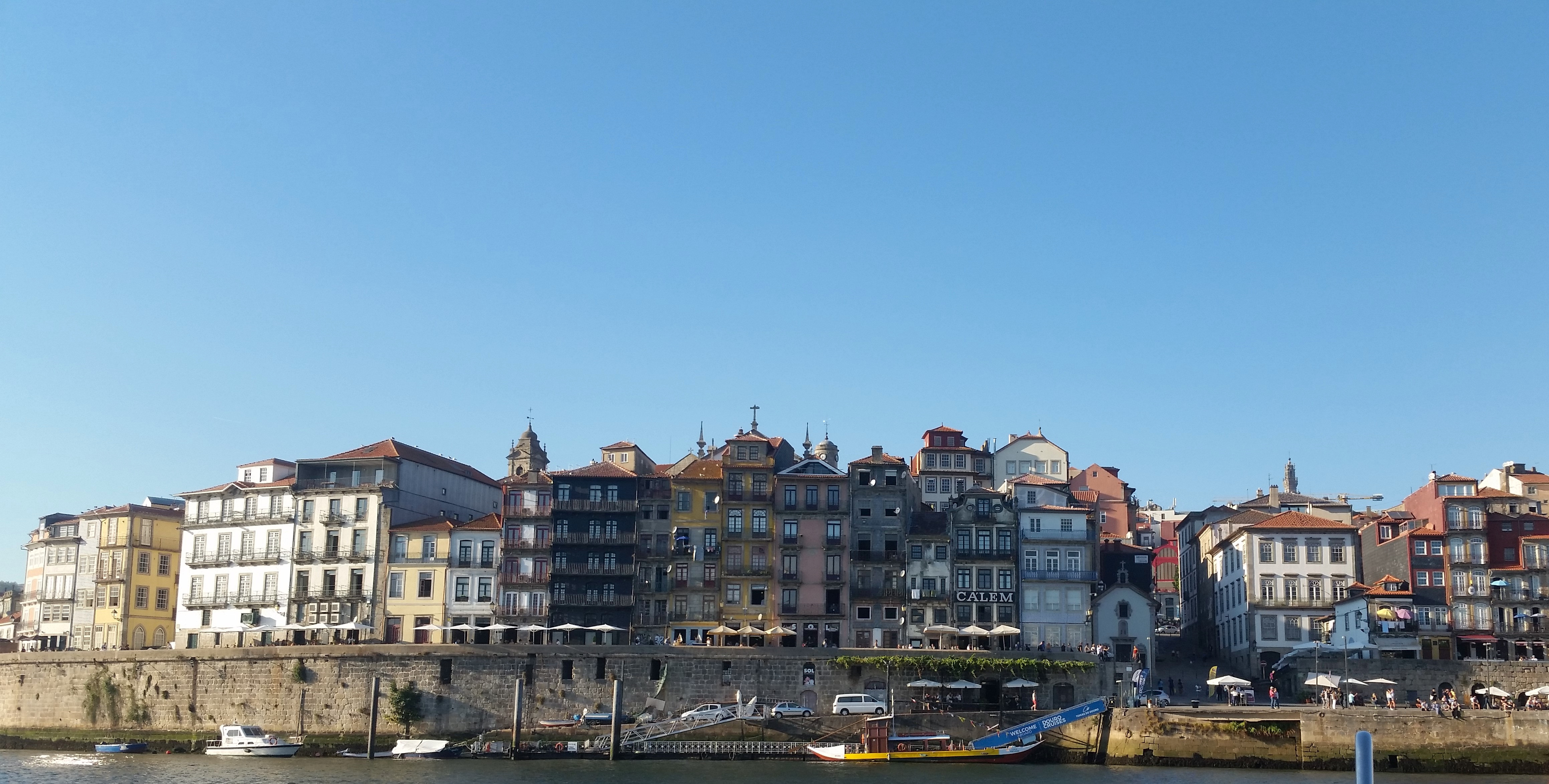

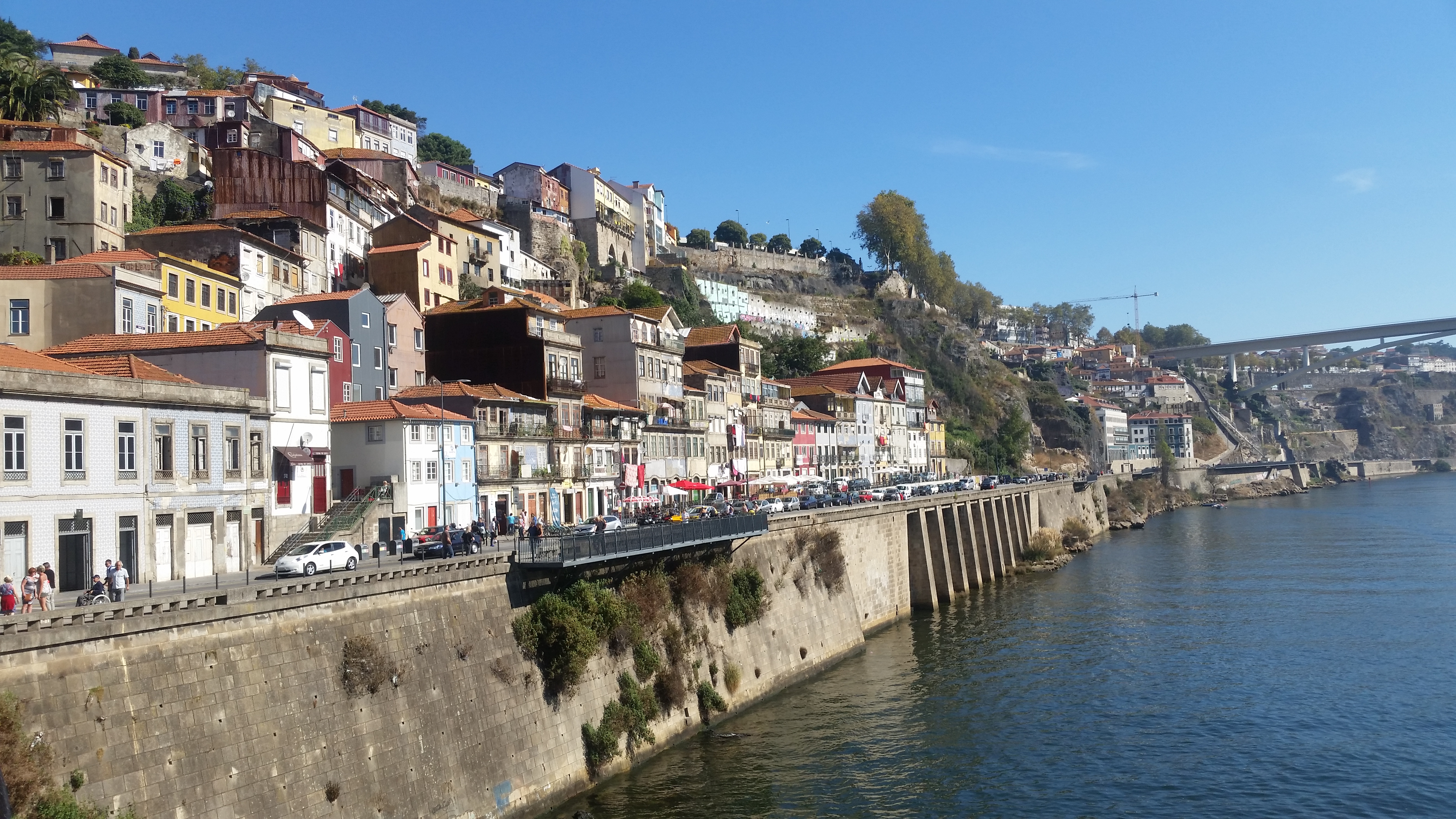
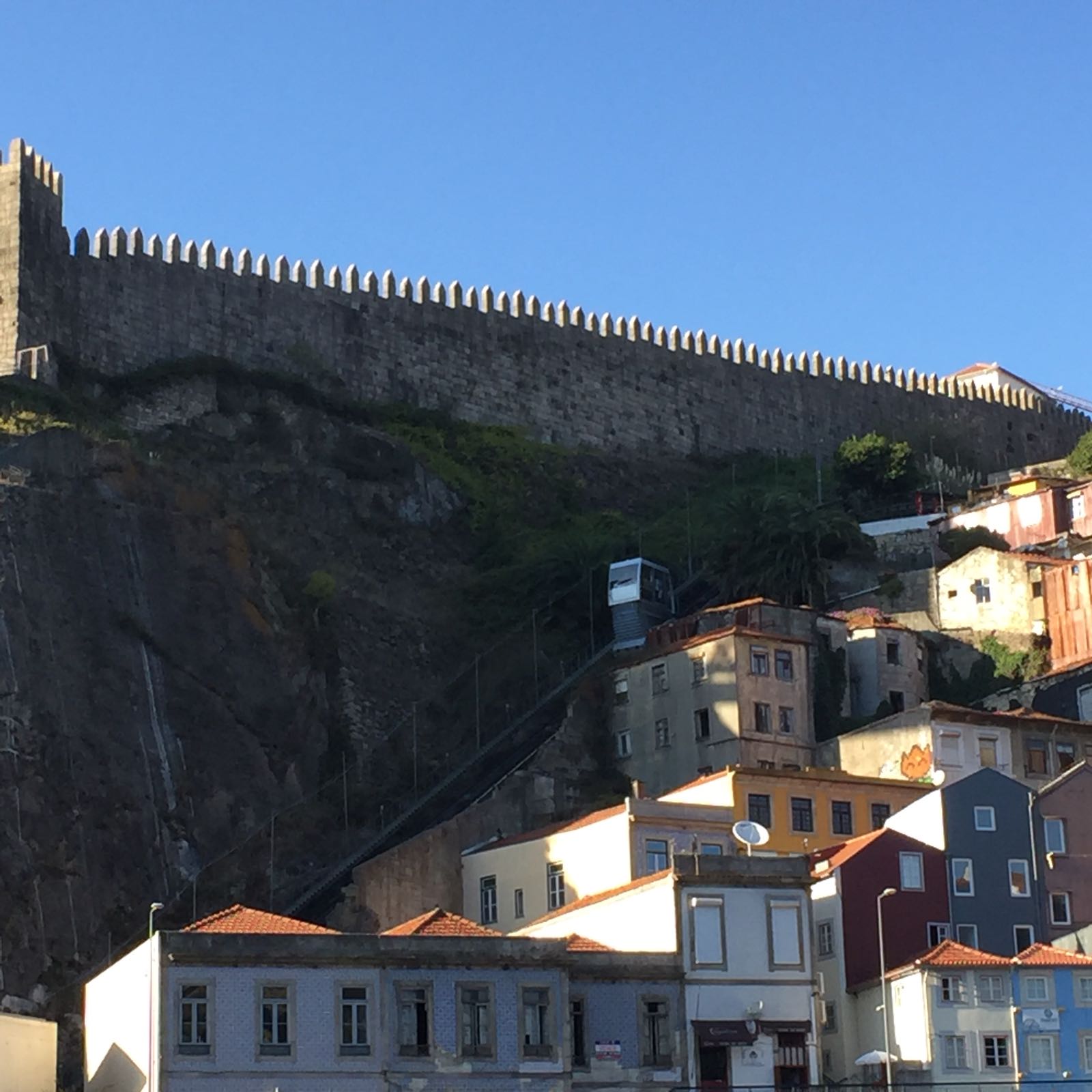
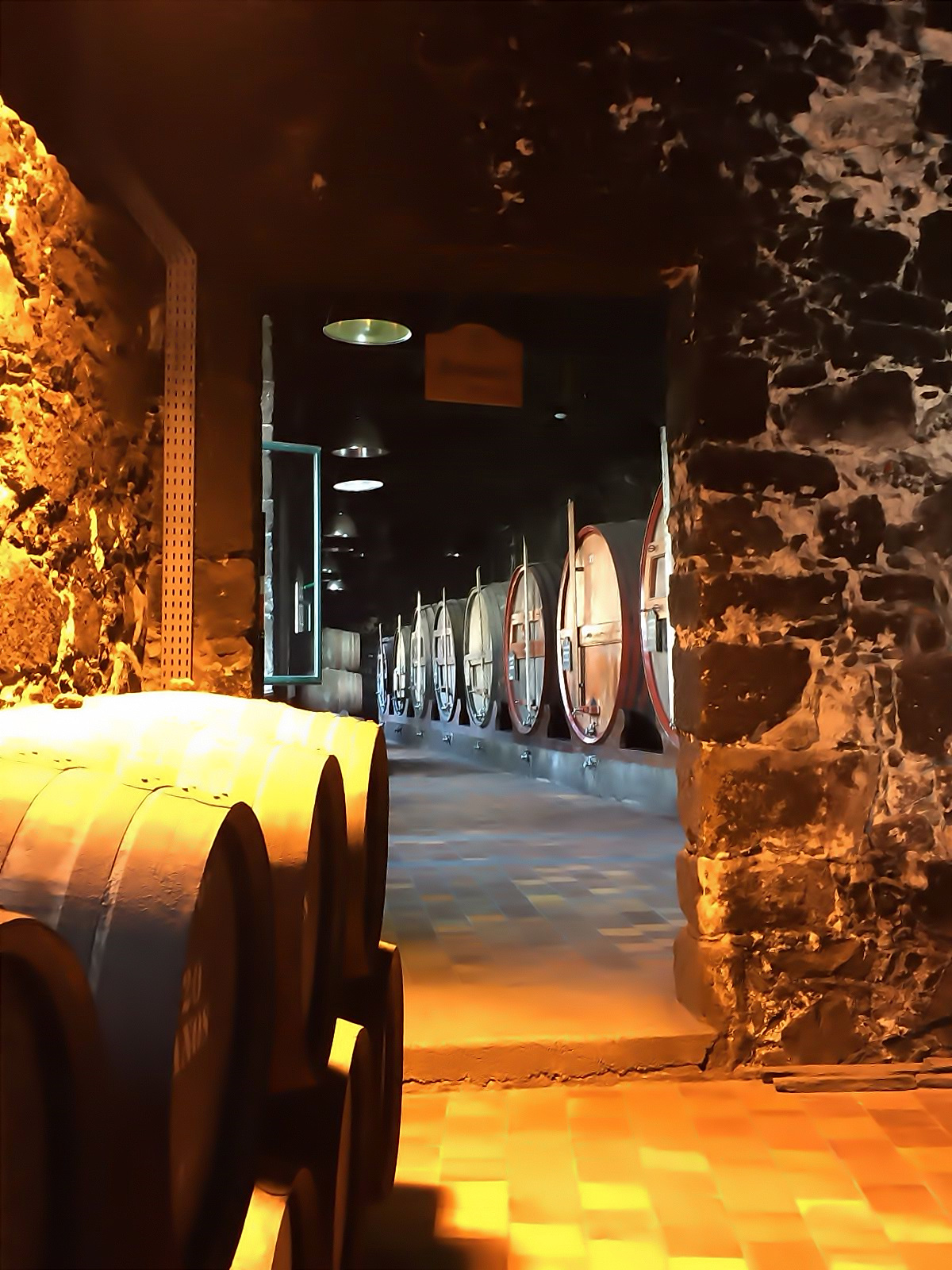
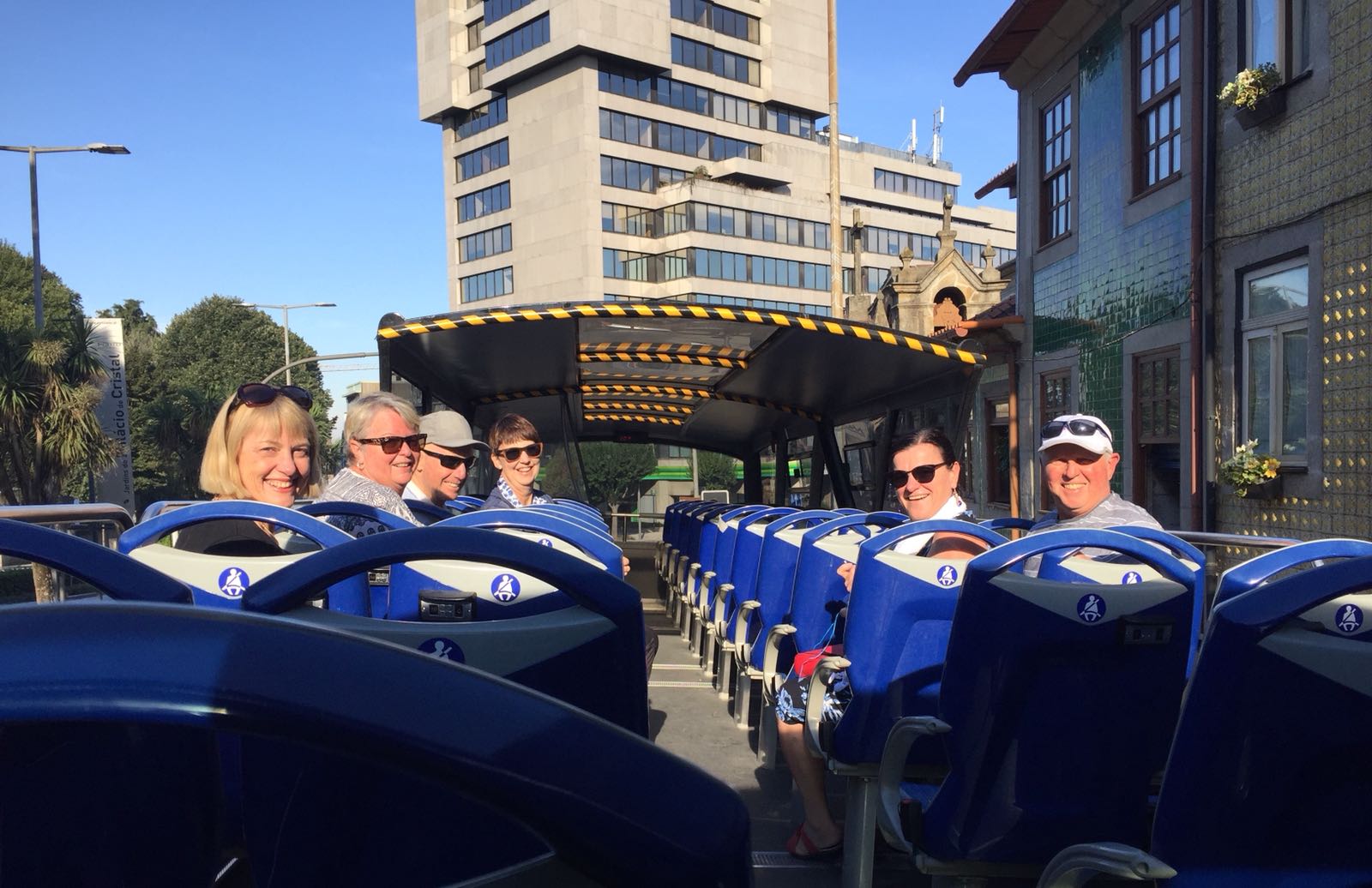
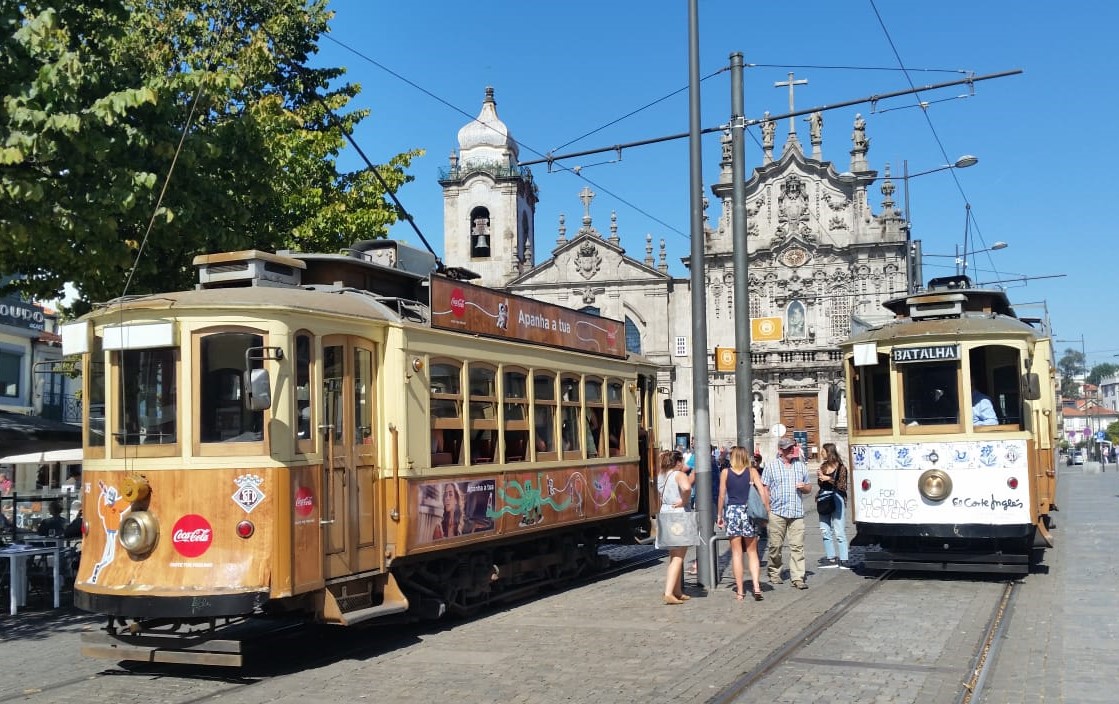

 ,
,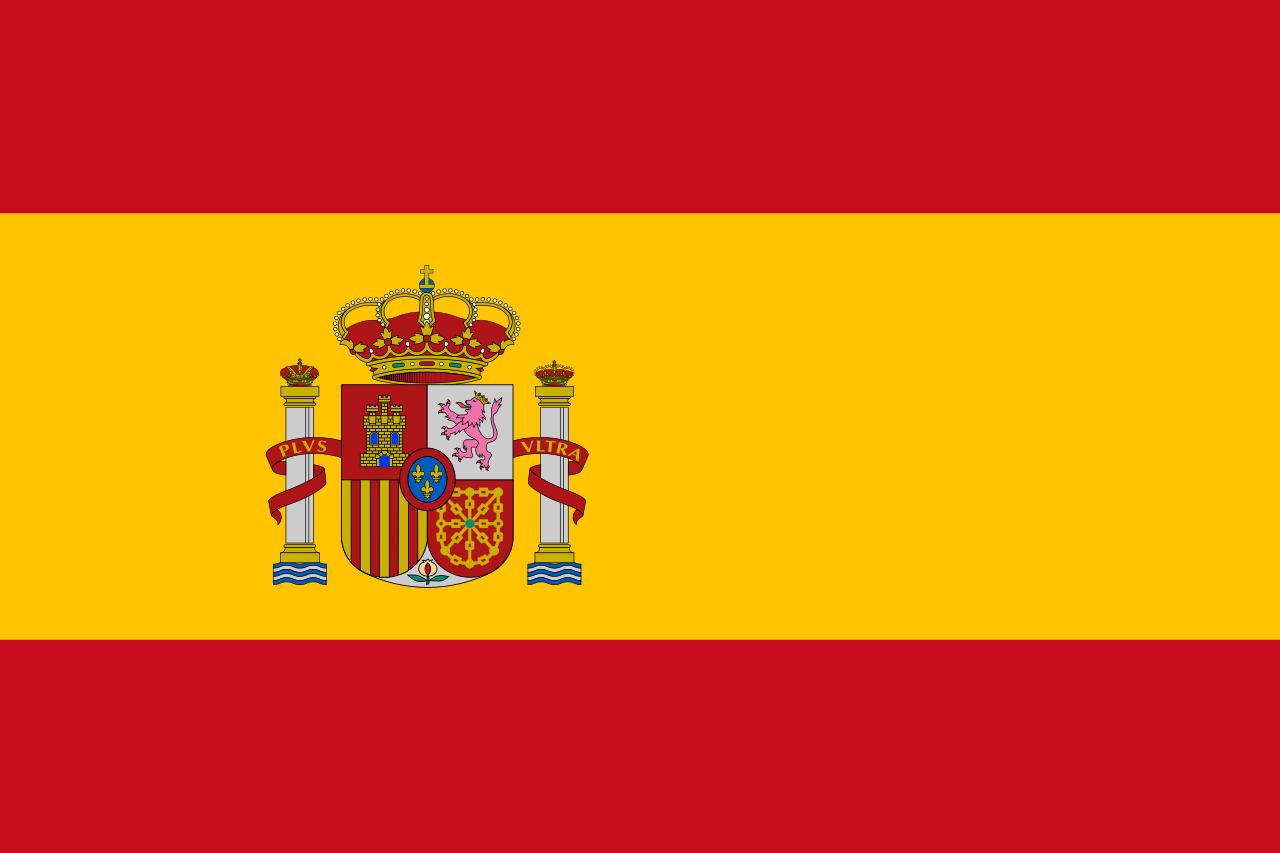 ,
, ,
, ,
, ,
, ,
, ,
, ,
, ,
, ,
, ,
, ,
, ,
, ,
, ,
, ,
, ,
, ,
,